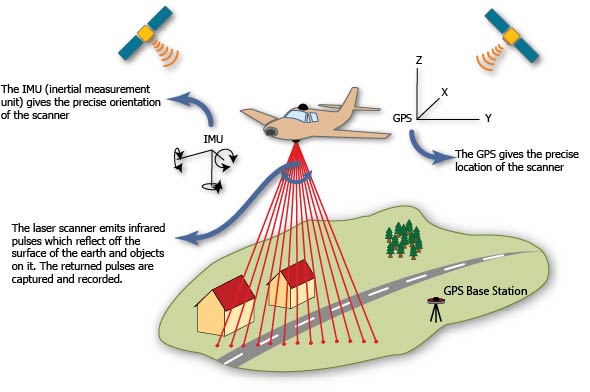Why in news?
Bengaluru sets out an aerial mission to collect data on the solar energy potential of its rooftops.
What is the mission on?
- Bengaluru sent helicopter which hovered over the rooftops of the city.
- The aim was to collect data on the solar energy potential of the city's rooftops.
- This is being executed by the Centre for Study of Science, Technology and Policy (CSTEP).
- It offers support to the Bangalore Electricity Supply Company (Bescom).
- The data will also be put in the public domain.
How does it work?
- It employs the ‘web-based rooftop photovoltaic tool using aerial LIDAR (Light Detection and Ranging) project’.
- The helicopter has a camera that emits laser pulses.
- Reflections from the ground get captured, creating a rough 3D map.
- This raw data will be sent to the Defence Ministry for vetting.
- After this, the process of shadow analysis and creation of a model city map will begin.
What are the benefits?
- Bescom - The Bangalore Electricity Supply Company will be equipped with a map of the most lucrative rooftops to generate solar power.
- Bescom will move to achieve the 1 GW solar target for 2021-22.
- Resource assessment - It helps assess how much of the city's power needs can be met through rooftop solar installations.
- The survey helps determine usable rooftops, separating them from green spaces.
- It thus helps analyse the quality of the solar resource.
- Investments - With urbanisation, solar maps help electricity utilities come up with good business cases and investment vehicles.
- They can also give residents an opportunity to become partners in the effort.
- People can make money by consuming and/or selling the solar energy generated.
- Solar Target - Moreover, scaling up rooftop solar installations is essential to achieve the solar target of 100GW by 2022.
- It is aimed at creating 40GW of power capacity through rooftop solar panels alone by 2022.
What are the limitations?
- The industry is apprehensive that the favourable scope could diminish for the solar sector during the current year.
- Impact of factors such as imposition of safeguard duty and anti-dumping duty on imports should be evaluated.
- The levy of the goods and services tax on photovoltaic modules also needs an assessment.
- Major solar projects that connect to the grid often face the challenge of land acquisition and transmission connectivity.
- This has led to a delay in planned capacity coming on stream during 2017.
- Notably, nearly 3,600 MW did not get commissioned during the last quarter, out of a scheduled 5,100 MW.
What is the way forward?
- The domestic policy has to be attuned to the overall objective of augmenting solar capacity.
- The Centre should come up with incentives to utilise the investment potential.
- The southern States and Rajasthan host the bulk of national solar infrastructure on a large scale.
- These regions should continue to lead by adding rooftop capacity, with some forward-looking policymaking.
- Initiatives such as the Bengaluru mapping project can contribute to assessments of real potential.
- Surveys to map usable rooftops for solar power must be undertaken on a nationwide scale.
Source: The Hindu
Quick Fact
LiDAR
- LiDAR (Light Detection and Ranging) is a monitoring system.
- LiDAR works by projecting laser beams towards the sky.
- The light interplays with the objects falling on its path through absorption, reflection and scattering.
- This helps determine the composition of suspended particulates.
- It is used for mapping and modelling in micro-topography, forestry, agriculture, meteorology and environmental pollution.

